Designing with Heart, Selling with Brains
When I speak all over the country to garden clubs, at symposiums, botanical gardens and other similar venues on a variety of topics, no topic garners more enthusiasm and interest than container design.
After one recent weekend when I had back-to-back talks on designing dramatic containers, it occurred to me that the same design questions come up over and over and over, which led me to thinking about how the garden center salesperson is the key to giving the customer confidence in their design options.
Let’s look at some of those stumbling points and how you can sell more container combinations with a foundation of creativity, listening skills and a little psychological insight.
Those Overused Phrases
I had a woman at one of the meetings who pulled me aside to tell me that she won’t go back to the nursery where I used to work because she didn’t have confidence in the design skills of the salespeople who worked there. YIKES!
I wasn’t doing anything extraordinary; I just listened very carefully and made suggestions for design options that I felt were “creative and out-of-the-box thinking” compared to what I had seen elsewhere.
Container design has changed a lot in my 25 years of working in garden centers and owning my own design business.
We have seen the “dracaena/cordyline spike years” where everything dances around a “spike” in the middle of the pot filled with a generic mix of geraniums, petunia and lobelia or a similar recipe, sometimes referred to as the “PVC mix” (petunia, verbena, calibrachoa).
But whatever the ingredients, they always floated around a dracaena like floral planets in a 1980s and ‘90s solar system.
The 21st century update is that now you may see a red cordyline or even a New Zealand flax as the “centerpiece.”
We’ve also seen the years where the phrase “thriller, spiller, filler” has been used to the point of ubiquity.
The catchphrase was devised as a creative visual for a national garden magazine to illustrate a simple way to teach and remember a design mantra for container design, but it never encouraged the full depth of creative options that it had the potential to reveal.
While some people used the phrase to its fullest effect, many took it to literally mean the “thriller” is supposed to be the
“spike,” the “filler” is supposed to be the geraniums or petunias and the “spiller” should be the lobelia or verbena. And we’re back to design square one.
Change the Language
When I talk about this same idea, I phrase it this way: “I use the rule of threes: three heights, three colors and three textures.”
Now, I have taken the still simple and memorable idea to a whole new level of options without them even realizing it. But, when we’re walking around the nursery looking at options, they don’t have a preconceived notion of the “spike combo” in their mind.
The “holy cow” revelatory looks on the faces of my audience and the comments, “We can do that?” tell me over and over and over that we’re not really reaching our mark when it comes to selling the sexy.
And container design, when it truly evokes the personality and individuality of each designer is SO sexy!
A canna can be a centerpiece, a Japanese maple can be a centerpiece, a dahlia can be a centerpiece, a hydrangea can be a centerpiece, a tall grass can be a centerpiece, a jasmine can be a centerpiece … should I go on?
So, when we’re selling ideas on container designs, are we taking advantage of all the options we have available to us?
I watched a young, enthusiastic salesperson selling some plants for a container to a man recently. I heard him explaining his lack of knowledge and relying on her for options.
She listened and offered him some wonderful confidence and reinforcement about his choices. But, she didn’t think to take his design picks from some geraniums and a few little 4-inch trailing plants over to the perennial section, groundcovers or even shrubs.
A cool coleus, ornamental edible (or even non-ornamental edible), a succulent or a blooming shrub with gorgeous foliage for fall would have been fun options.
She left a much larger sale on the table with a customer eager and willing to listen to her suggestions to take his container from nice to (in the words of Joey on “Friends”) “How YOU doin’?”
When we are in the throes of Mother’s Day chaos, survival mode is paramount. Get that hanging basket down, help as many people as possible as fast as possible because we have 12 miles to go every day that month and time is critical.
But, after the pace slows a bit, THIS is the time to practice sales skills as well as design skills. None of us can afford to leave sales dollars on the table any longer as an industry.
Real Guidance
A container design has the potential to hit every single corner of the garden center, and if you’re not looking at it that way you are NOT going to get those dollars when the customer is fully enthusiastic and willing to spend it. And they ARE willing to spend it; they just don’t know it yet.
Think of it this way: when you get free samples of yummy things at Costco, you at least consider buying that product, right? You’ve tasted it; it was yummy.
Maybe you don’t buy it at that moment, but you remember it later and you are far more likely to buy it the next time you’re there, or when you’re looking for ideas of what to serve at your next party.
It’s exactly the same with plants. Grab the customer’s box or cart or wagon and literally lead them over to the next department in your store. Grab something that will take that combo to the next level of design, something different, something they might never have thought of or tried.
Put that plant in their hands. Not in the box, not on the cart, but in their hands.
Have them feel the foliage, smell the flowers. Ask them to hold the colorful foliage next to what they have already chosen and then ask them, “Can you see this in your container with what you’ve already chosen?”
You are then using the exact same psychological techniques that real estate agents use when they show homes: “Won’t your living room set look great in this room?”
Ninety-nine percent of the time, they will take that plant you suggested if you have asked the right questions about their needs first.
Did you ask them about the color of the container they have at home for their new plants? It’s size, shape, location? You DIDN’T?
You might have learned that the container they have at home is far too small, broken or the wrong shape for the plants they’ve now fallen in lust with, and the entire design will be a struggle at best and a failure at worst when it dries out.
They get flustered at watering it and they give up.
Or the reverse happens. They are going to take these five little plants and effectively drown them in a pot that’s 10 sizes too large.
Worse yet, maybe it’s a Beigy McBeige container and you’re talking to a very colorful personality.
This is when you take the wagon, cart, box, etc. subtly past the container that’s perfect for this design combination and exclaim, “This would look so great with what you picked out today! Don’t you think so too?”
This is not just about making the bigger sale. It’s about listening and offering up solutions to a problem when sometimes the customer doesn’t even know they need it.
It engenders trust and relationship building for the long run. But timidity in this scenario takes you to a completely different position that you didn’t even know you were in until it’s lost.
If the customer doesn’t even have a container and you didn’t ask them about it, they go off to buy a cheap one along with a bunch more plants and potting soil at the box store.

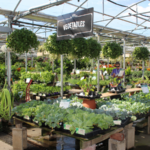





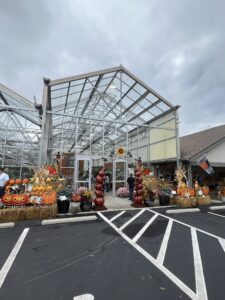
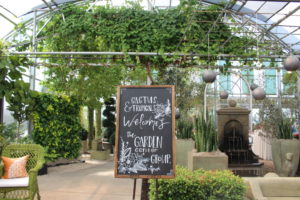
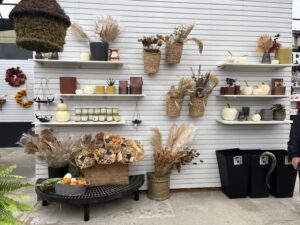
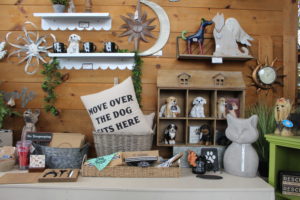
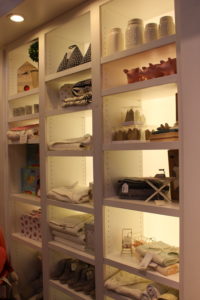
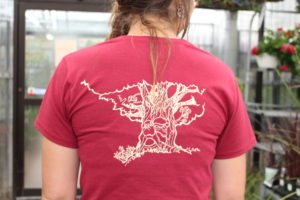
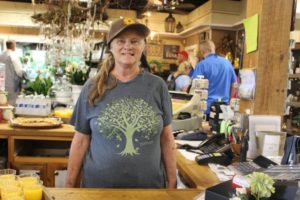

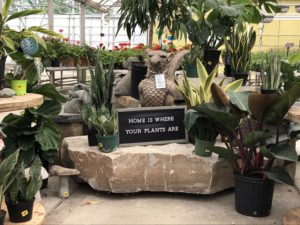
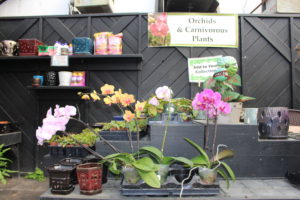
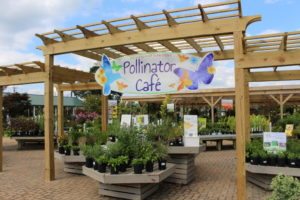
 Videos
Videos





